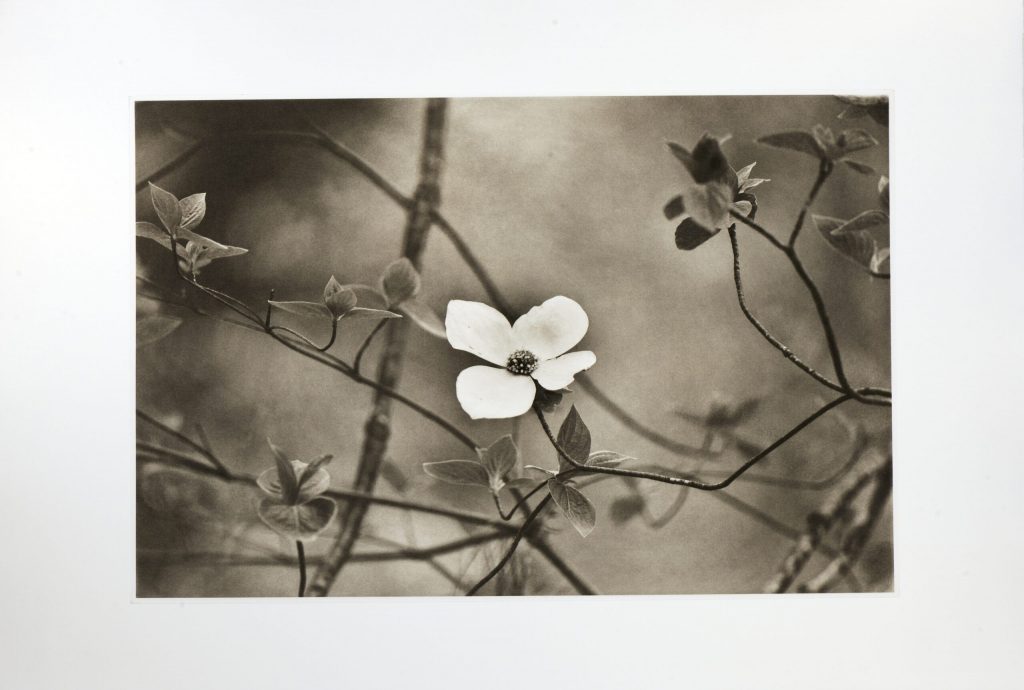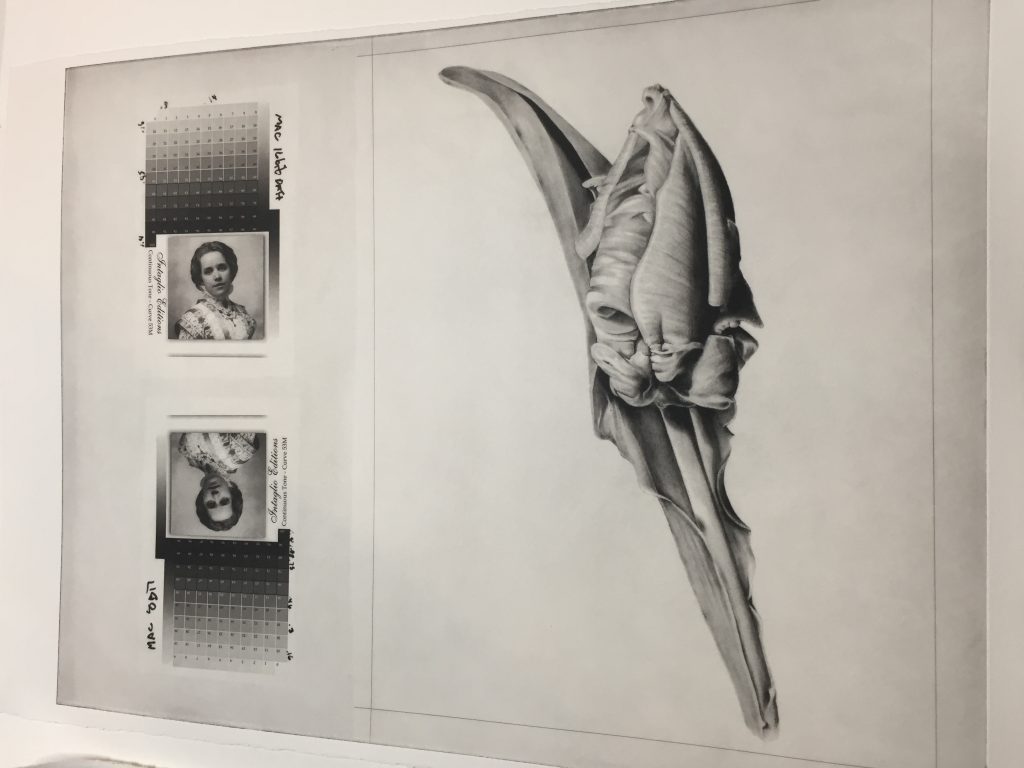Get this open edition, polymer photogravure print signed by yours truly for just $149 until May 31. Half of all print sales goes to the Ukrainian relief effort! o
Monthly Archives: March 2022
Interview with Jon Lybrook of Intaglio Editions
Check out this in-depth article about Intaglio Editions’ Jon Lybrook from ShoutOut Colorado:
https://shoutoutcolorado.com/meet-jon-lybrook-owner-and-lead-printmaker-intaglio-editions-llc/
From Powder to Print – Art on Paper by Joanna Webster
“From Powder to Print” – | PDF: Joanne Webster – ASBA March article
Combining the “carbon dust on paper” technique with traditional intaglio printing processes
THE TECHNIQUE OF USING CARBON DUST ON PAPER to create realistic and detailed renditions was developed by renowned medical illustrator Max Brödel in the early 1900s. I was first introduced to this technique by artist Randy Raak at the Denver Botanic Gardens’ School of Botanical Art and Illustration, and I quickly came to love it for its ability to create very subtle changes in a wide range of tonal values, from deep black shadows to vivid highlights, as well as intricate, highly refined details.
Put simply, this technique involves the application of finely-ground carbon dust to paper using dry brushes. Semi-smooth paper with a slightly toothed surface catches the dust better than a smooth plate surface, but still allows for fine detail that won’t be achieved with a more textured paper typically used for charcoal and pastels.
Carbon dust is not the same type of carbon as graphite or charcoal. Graphite particles are slippery, plate-like particles that are highly reflective. Carbon dust is made from the soot of burnt oil, also known as “lampblack.” The particles are non-reflective, and are much smaller and more uniform in shape and size than charcoal, which is made from burnt wood.
I create my own carbon dust by gently grinding down a carbon pencil with a metal or glass file, or an ultra-fine plastic-backed sandpaper (typically used in jewelry making). There is no difference in tone between carbon pen- cils of different hardness, so using a soft (6B) pencil will make this process faster and easier. I use inexpensive synthetic watercolor brushes in a range of styles and sizes to apply the dust to paper. You can play around with other types of applicators but you need to be really careful not to tear or burnish the paper fibers. Carbon dust does not erase easily like graphite does, so a very light touch is needed when first applying with a brush. I keep a soft, lint-free cloth at hand to remove excess dust from the brush before applying to paper, especially when I am working on very thin layers for lighter tones.
I use a variety of additional tools to work, lift, and erase the carbon dust, such as kneaded erasers, plastic erasers, and chamois cloth. To achieve clear, bright highlights, I use a thin, mechanical eraser pencil with the tip cut into a sharp wedge or point.
To achieve deep, rich, saturated blacks, I apply multiple layers of carbon with a spritz of isopropyl alcohol as a fixative between layers. Using this over the entire work as a final fixative prevents smudging. To achieve very fine lines and details, I use a hard (B or 2B) carbon pencil sharpened to a very fine point.
To protect the paper while I work, I use a layer of tracing paper, leaving only the area I am working on exposed. If carbon dust drops where it’s not wanted, it’s best to lift the paper upright and tap the carbon dust off, then pick up any remaining particles gently with a kneaded eraser.
With the series of botanical carbon dust “dry paintings” featured here, I engaged the help of photographic printmaking expert, Jon Lybrook (intaglioeditions.com), to transfer the carbon dust images to photopolymer direct gravure plates. I then worked with fine artist and master printmaker Sue Oehme (oehmegraphics.com) to ink and print the plates on paper by hand, using a traditional printing press. The photopolymer plates allowed for very accurate transfer of the fine detail and tone created with the carbon dust technique.
The delicate and subtle nature of the carbon dust, with its wide range of tonal values combined with the soft and velvety background created by the inked plate embossing into the paper, lend the finished artworks a rich and luminous quality that, to me, is reminiscent of old gelatin silver photographs.


